 | What is dynamic NFT (dNFT)? It is a new round, a big step in the evolution of crypto-art. Such NFTs expand horizons and possibilities for collectors, since only dNFTs can change and adapt in response to changes in the outside world. Dynamic NFTs — going beyond the ordinaryMost of the collections on marketplaces are just static NFTs. Digital objects or pieces of art that are valuable for digitizing in the real world, but do not alter with it. They are static. The metadata attached to such objects is locked after they are created in the blockchain and in most cases is unchanged over time. But what if we don’t want the digital object to be locked in its original form? What if collection creators want their NFT characters to “come to life” — to evolve, grow and change their appearance? These are the questions the GasMonsters authors asked themselves. And the answers to these questions led them to dNFT. Dynamic NFTs give their owners a new form of digital asset, which grows and evolves together with the real world. You have to agree, it’s much more fun when your NFT character begins to modify, to come to life. And you don’t always know how he’ll grow, what new elements he’ll get and how it will affect his image. It’s like buying a little pet and watching it grow and become a beautiful predator. Features and technical nuances of dNFTDynamic NFTs allow you to keep unique identifiers, but also provide updates to aspects of their metadata. How does this happen? By coding automatic changes in an NFT smart contract. Software algorithms are responsible for automatically changing metadata and dynamic elements when specified conditions are met. To better understand dNFT’s specialty, you also need to understand what their metadata is. It is a list of properties of each particular NFT, which is attached to it, but may be located in another repository. It should not be confused with the tokenID which provides a permanent identifier for the property being checked. In contrast, metadata can be described as the very essence of NFT. It is they that contain all the elements that endow NFT with some special value. This functionality is what provides the character development of a particular NFT. For example, when a GasMonster is purchased, the basic statistics are reflected in its metadata. As the owner uses his crypto-wallet and performs the usual transactions, while paying for Gas, he thus continues to increase the level. The metadata in the NFT changes — this affects the growth of the character, turning a cute dragon into a real monster. Where does the future lay?Which is better static or dynamic NFT? To find the truth, let’s try to answer 3 simple questions:
The second option predominates, doesn’t it? Video is always more interesting and informative. Something that changes is always more interesting than something that stands still. So the future is in dNFT. There’s not much to think about. The world doesn’t stand still, it evolves. In the same way, art (installations, performances, 3D and 5D films) is developing. CryptoArt is dynamic in its development. It is by definition a new round of evolution of art in its usual sense. This means that dNFT is a logical continuation of this evolution. In our opinion — the future is in movement, the future is dynamic, the future is in dNFT. For this reason we refused to create something ordinary, something repetitive. We wanted to offer collectors something that would make the future of digital art. [link] [comments] |

You can get bonuses upto $100 FREE BONUS when you:
💰 Install these recommended apps:
💲 SocialGood - 100% Crypto Back on Everyday Shopping
💲 xPortal - The DeFi For The Next Billion
💲 CryptoTab Browser - Lightweight, fast, and ready to mine!
💰 Register on these recommended exchanges:
🟡 Binance🟡 Bitfinex🟡 Bitmart🟡 Bittrex🟡 Bitget
🟡 CoinEx🟡 Crypto.com🟡 Gate.io🟡 Huobi🟡 Kucoin.

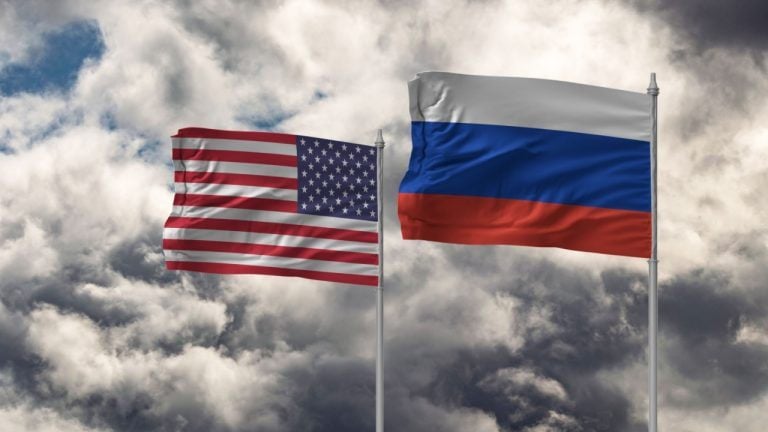
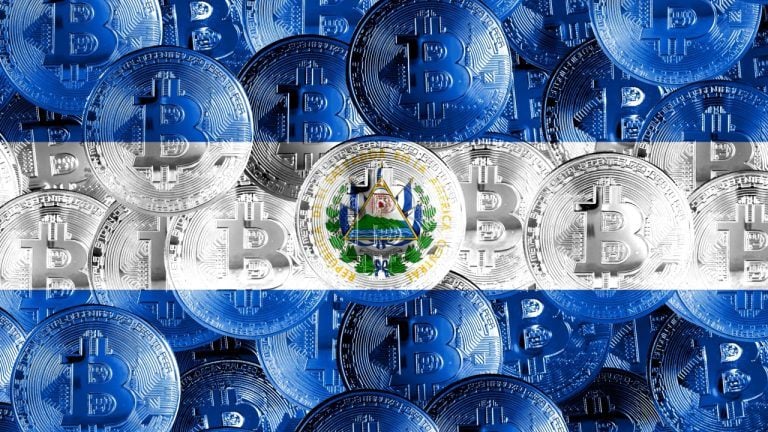
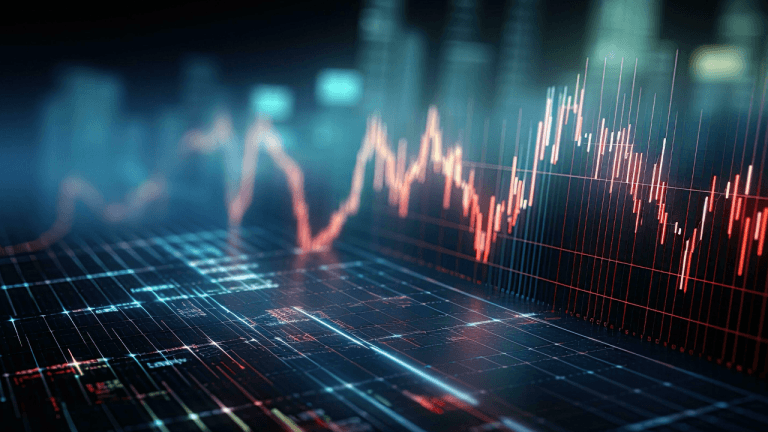
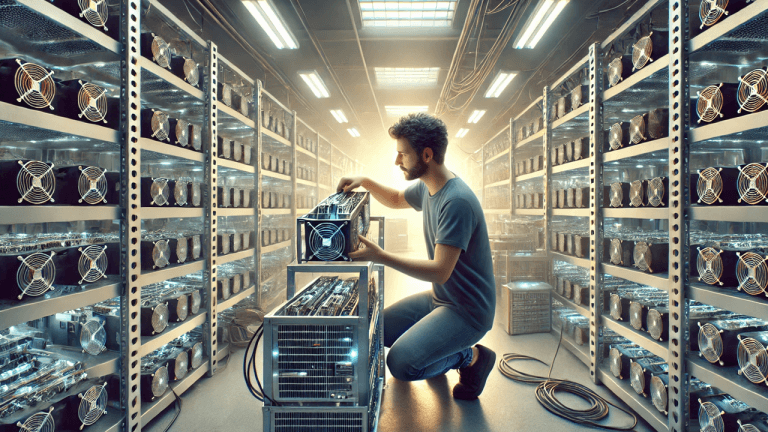
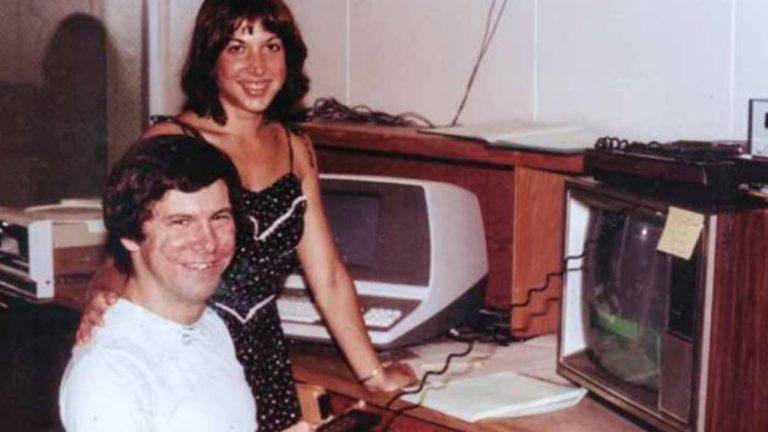

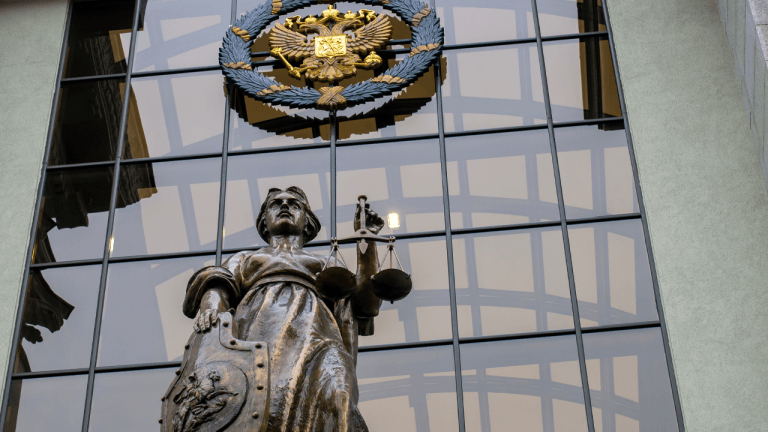
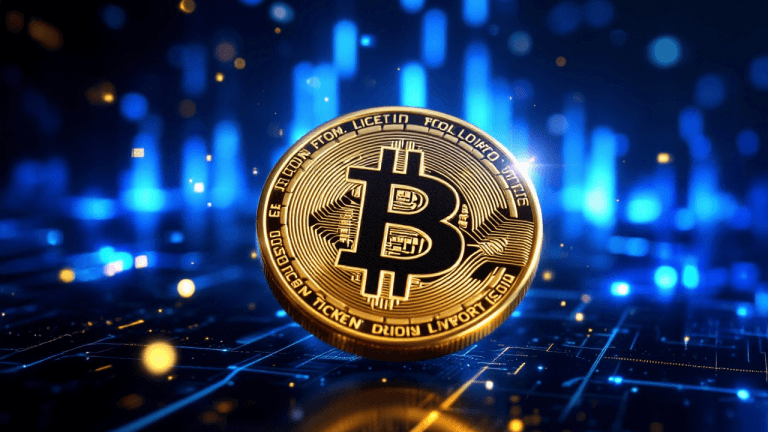
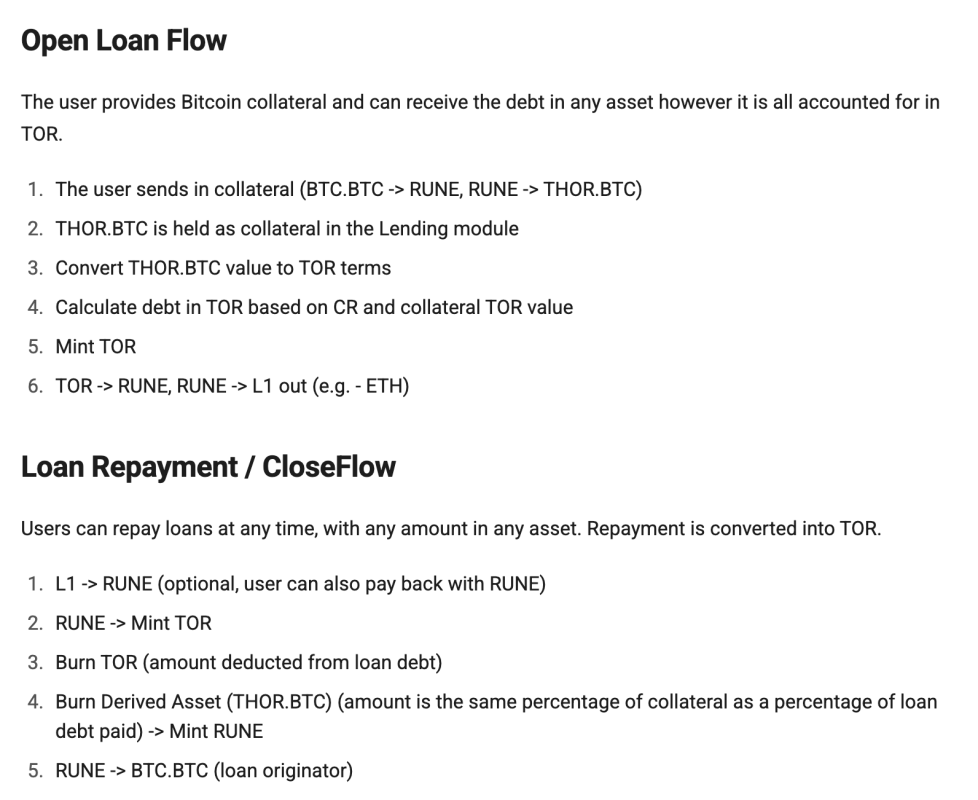
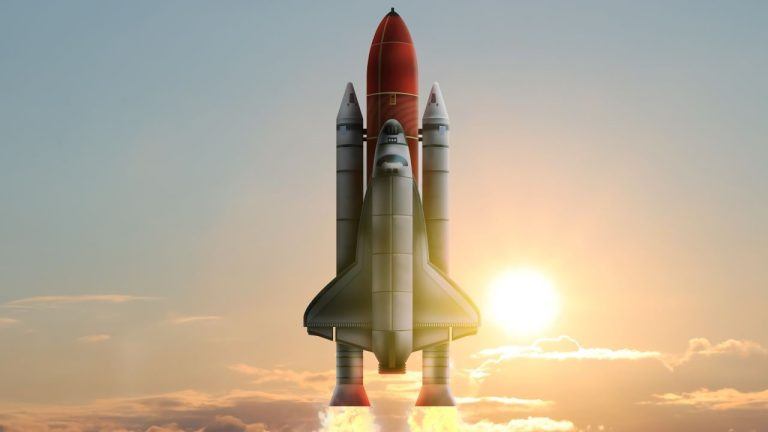
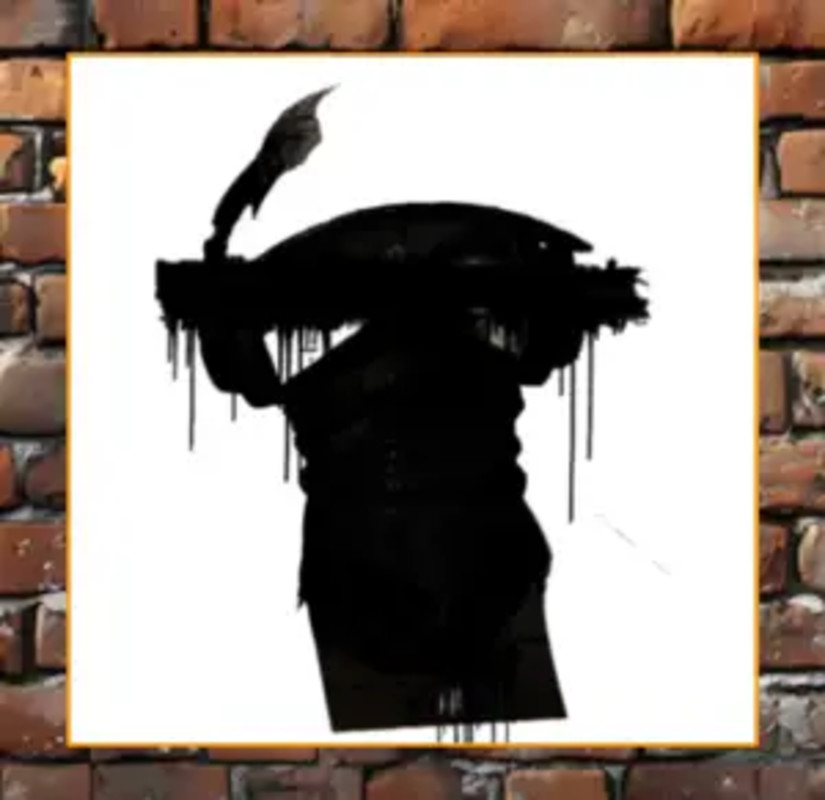

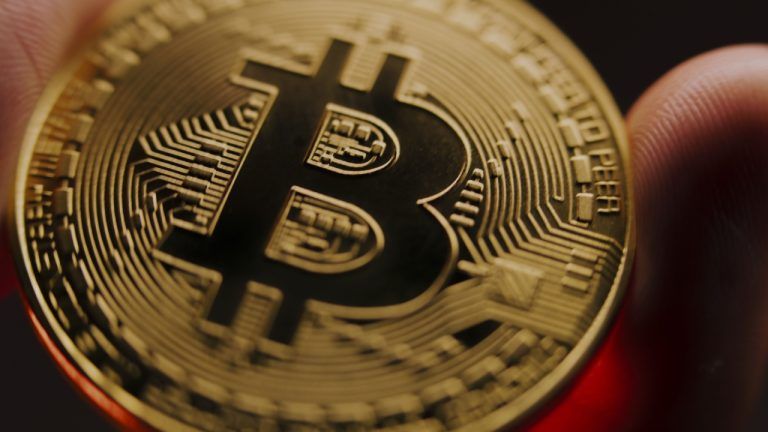
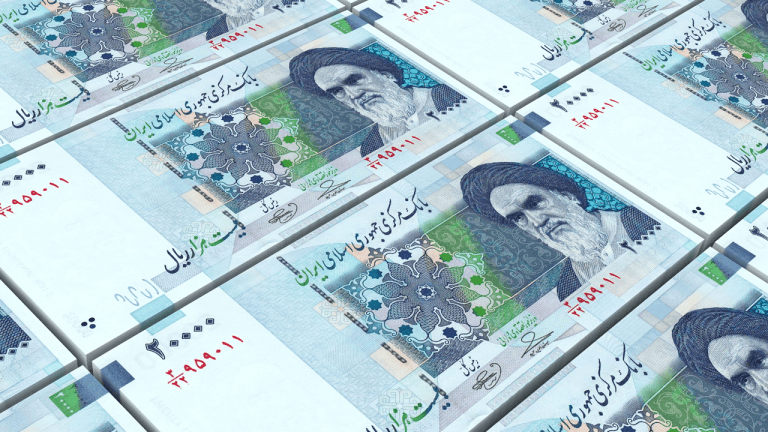
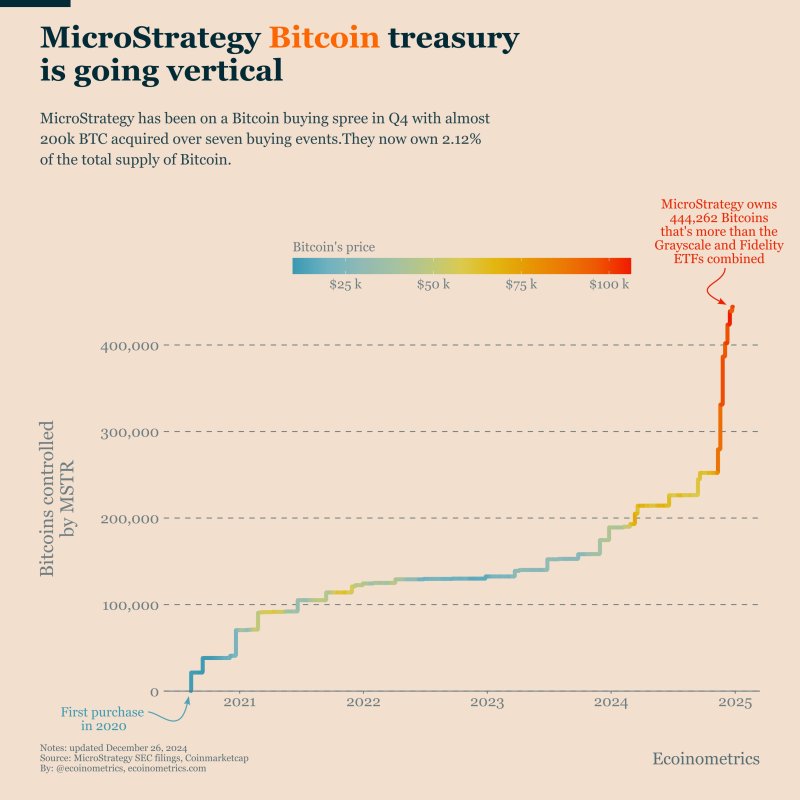
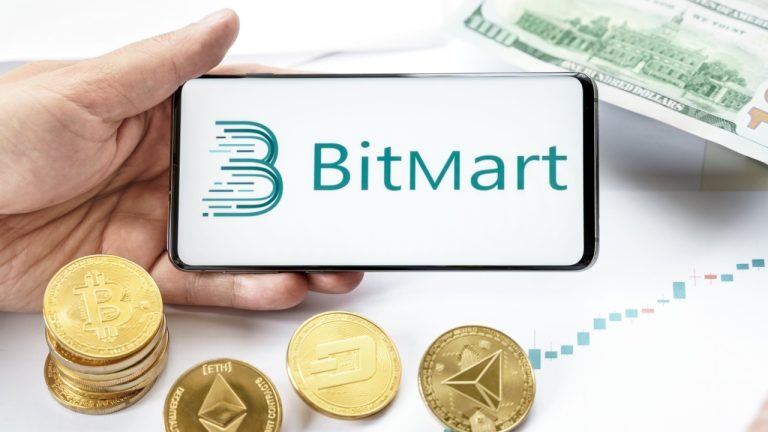
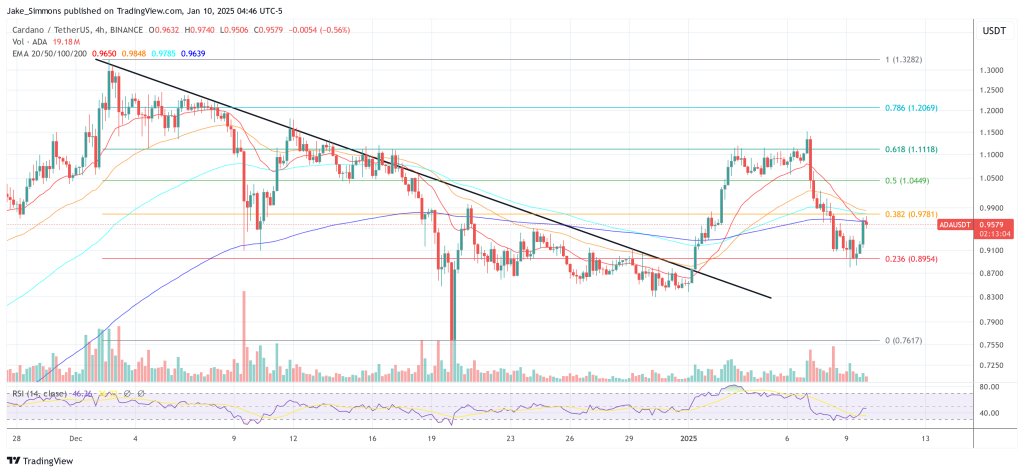
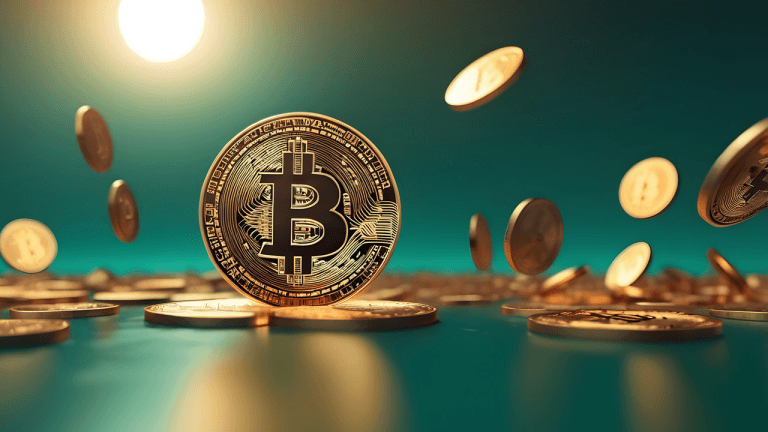

Comments